Table of Contents
ToggleIntroduction
Software testing trend has been a swift process for these past two decades. It continues to play a crucial role in businesses, and thus software testing methodologies has emerged to meet the demands of the modern digital era. Having said that, organizations are striving to deliver fast software frequently, because of which the testing process has become more integrated into the development process.
Software testing is a process to identify errors and bugs in a system. There are eight types of testing: functional testing, component testing, integration testing, performance testing, regression testing, security testing, system testing, and exploratory testing. Each type focuses on a particular test objective with a different test strategy.
Due to the rise of technology, many strategies have emerged in software development. In this article, we will walk you through the “future of software testing: trends and innovation”. So let’s dive right into it!
Trends in Software Testing
Automation Testing
In contrast to manual testing, automation testing is reliable, reusable, maintainable, comprehensive, and saves time and money. Plus, it’s good for long run as it offers a wider test coverage. It is way faster than the traditional testing. Efficiency and accuracy are the two advantages of automated testing. By using automated testing many organizations and businesses have gotten better returns on equity over manual testing.
Despite the fact that automation testing comes with high implementation and expensive maintenance costs, it can give outstanding remarks for the long haul. Its repeatability and reusability are the two benefits of test scenarios that improve the overall effectiveness of the testing process. The following are the types of automation testing:
1. Selenium IDE
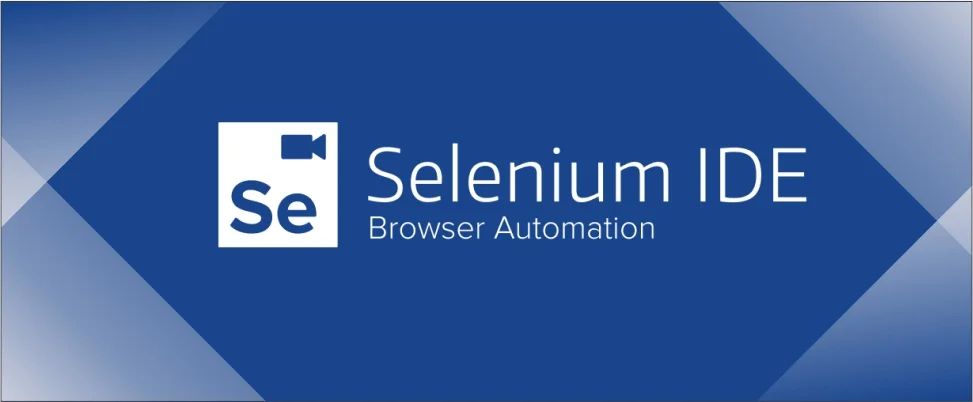
It is an open-source testing tool mainly for web browsers. It supports various browsers such as Chrome, Firefox, Safari, and Internet Explorer. It is simple to use and any novice can easily get started with it by adding an extension of their specific browser. It also offers a Graphical User Interface (GUI) that allows one to record interaction with the website. The best part is its capability to convert test cases to different programming languages. Moreover, it supports various web browsers and operating systems.
Features
It offers multi-browser support and uses a browser native support to make direct calls without any intermediary device or software.
- It comes with multi-language compatibility that allows developers to write automation test scripts using any programming language such as PHP, Java, Python, JavaScript, Perl, and Ruby.
- With the selenium locators, identifying web elements on the web apps is way easier. This simplifies the implementations in the test automation suite.
- WebDriver tool speeds up the overall performance
| ✅ Benefits | ❎ Limitations |
|---|---|
| Less involvement of hardware | Not suitable for dynamic web application |
| Transparency among cross-functional teams | Not suitable for extensively large data |
| Platform independent | Does not support screenshots of test failure |
| Provides excellent visibility to test end-to-end apps | Database connection is not tested |
| Regrouping and refactoring features | No features to generate results reports |
Also Read: Top 10 Software Testing Companies in 2023
2. Quick Test Professional/Unified Functional Testing (QTP/UFT)
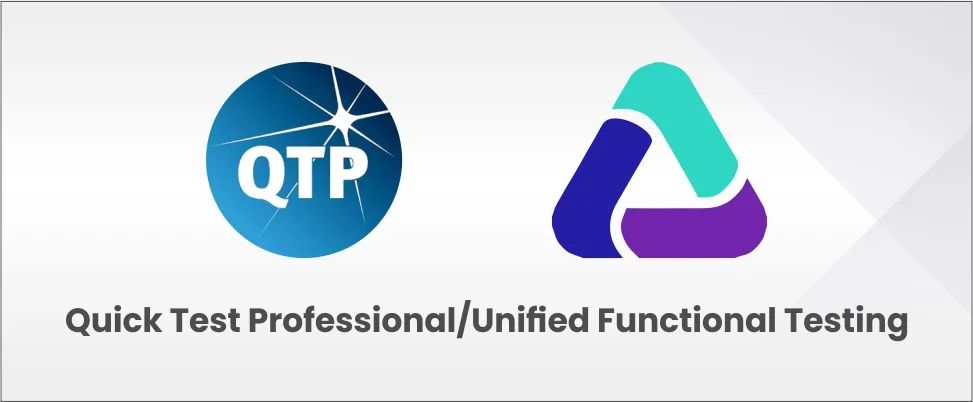
It detects errors and gaps in the expected results on web and desktop applications. Testers can automate various testing scenarios such as functional testing, regression testing, and data-driven testing. It is one of the most powerful testing tools that was developed by Mercury and later acquired by HP.
Features
- The keywords-driven feature significantly minimizes the effort to create and maintain tests.
- It offers an object repository that helps to identify and communicate with the objects in the application during testing.
- Integrated Development Environment (IDE) makes a user-friendly interface to create, edit, run tests, debug, and test tools.
- Cross-browser verifies whether the application is working correctly in different web browsers or not.
- Breakpoints, watchpoints, and step-by-step debugging help to identify and fix issues in the test scripts
 Benefits |  Limitations |
|---|---|
| Supports record and playback | Cost is high for license and maintenance |
| Performs more tests in less time | Does not support multiple threads and instances |
| Eliminates risk of human error | Slow in execution |
| Easy to maintain and supports XML | Requires to buy add-ins for Java, Oracle, SAP, Net, Seibel |
| Easy to maintain |
3. Shift Left Testing

It is a testing approach where the code is tested in the earlier phase of the software development life cycle (SDLC). This pushes the test to the left SDLC meaning the testing process takes place in the earlier stages of the SDLC. Whereas in the traditional testing phase, the process approaches were linear with various steps conducted sequentially. Shift testing is considered a better model or fast lane development. It provides regular testing that not only helps development teams remove bugs early but also moves code into production to make applications customer-ready.
 Benefits |  Limitations |
|---|---|
| Detects the bugs in the early phase | Deployment phase can be challenging |
| Increases efficiency in software development | Needs regular code audits |
| Improves quality | Silos slows down the testing phase |
| Faster delivery of software | Difficult to execute due to improper planning |
| Speeds up the process and defends credibility | API insecurity |
Types of Shift Left Shifting
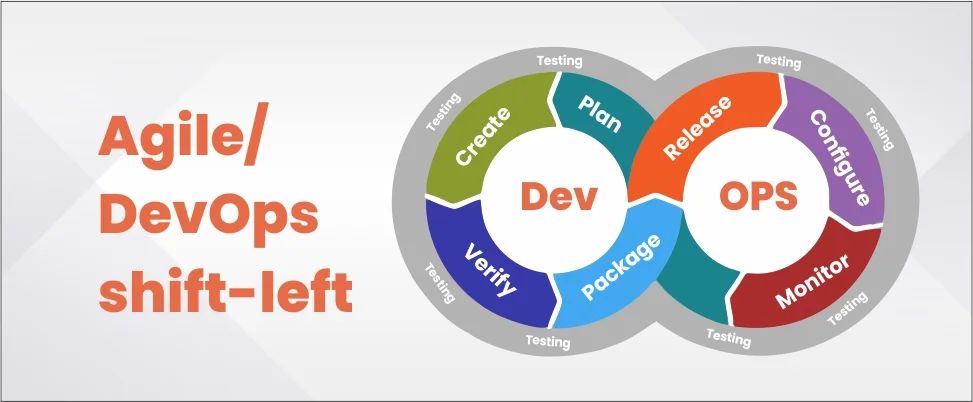
- Agile/DevOps shift-left testing occurs in numerous sprints that are relatively short periods in which testers test the code in increments. However, this model is restricted to developmental testing. So without operational testing, testing activities can integrate into the SDLC. Because of this, automated testing tools accelerate testing and resolve bugs in the early stages. One of the key aspects of Agile/DevOps shift-left testing is continuous communication and close collaboration among team members and stakeholders.
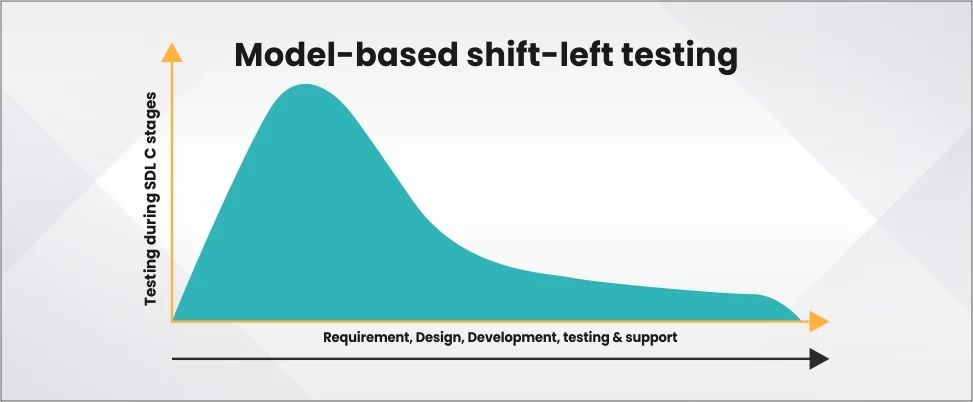
- Model-based shift-left testing wipes out errors that are found in the early phases of the SDLC. Although this approach is the latest, it has already gained popularity with many organizations. Besides, it uses executable requirements, architecture, and design models.

- Incremental shift-left breaks the complex development into smaller chunks and prevents undiscovered bugs. Development testing and operational testing shifts to the left meaning testing for the product’s operational readiness and code testing happen in the SDLC earlier phase. It is suitable for large and complex software applications.
Take control of your career and land your dream job!
Sign up and start applying to the best opportunities!

Innovations in Software Testing
1. Artificial Intelligence for Testing
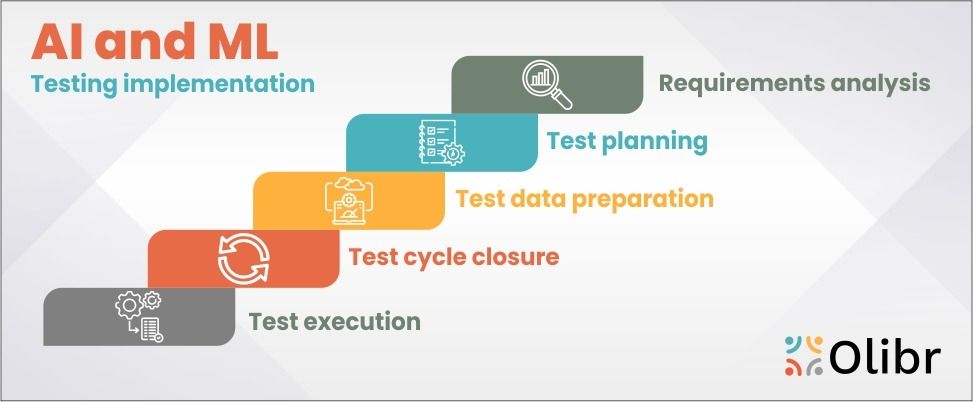
Artificial intelligence and machine learning (AI/ML) is a process to address challenges in software testing that are not new in software development. This advancement in AI/ML and the large amount of data available have opened a new opportunity in AI/ML testing. Despite this fact, the application of AI/ML is still in the early stages of testing. So many organizations are finding ways to optimize their testing practices using AI/ML.
This algorithm is developed with the intention to enhance the overall performance of the software development process. In order to generate better test cases, test scripts, test data, and reports. The predictive models in the AI/ML algorithms make decisions on W3 questions i.e., “What, Where, and When” to test. Besides, its smart analytics features to catch the faults within seconds. And with the help of support teams with a deep understanding of test coverage, and areas of high risk can tremendously reduce any problem. There may be a possibility in the future for AI/ML to address problems with quality prediction, test case prioritization, fault classification, and assignments.
Features | Challenges |
|---|---|
| Tackles complex systems and functionalities with ease | Implementation can be expensive |
| Ensures adequate security measures for the organization’s complex applications | Lacks generality |
| Helps AI systems to comprehend and derive insights | AI can lack data for analysis |
| Handles maximum bugs in a short time | Teams need to be trained |
2. Blockchain Testing

Blockchain Testing is well-known for its unique ledger technology. It is used in cryptocurrencies and various industries including banks, healthcare, and real estate. Blockchain comes with a high level of data fidelity and security with zero dependencies on other software. Thus, big organizations have adopted this testing method into their daily operation for modernization and efficiency.
Nonetheless, testers must have sound knowledge and expertise of its components and technologies such as smart contracts, blocks, transactions, nodes, consensus mechanisms, and wallets. Failure to detect security issues can lead to big problems such as smart conduct bugs, data transmission vulnerabilities, and consensus protocol threats.
Features | Challenges |
|---|---|
| Prevents defects in the ledger | Handling large data can be challenging |
| Validates all the various entities | Lacks testing tools |
| Connects infrastructure securely | Complexity of the application makes integration difficult |
| Lack of standardization |
Final Words
Software testing trends have been changing and so is the demand for automation testing. In the software development lifecycle, due to the increasing cost of finding bugs in a later stage, software testing is considered a risk phase. As said by Beizer “The more you test a software, the more immune it becomes to your tests”. If you are looking to hire an experienced software tester, then sign up with Olibr today.
FAQs
Different types of software testing principles are exhaustive testing is impossible, early testing, defect clustering, pesticide paradox, testing is context-dependent, and absence-of-errors fallacy
To build successful products, we need to follow the following software testing strategies:
- First, to identify and specify the requirements of the product quantitatively.
- Define the overall goal and achievement.
- Identify use cases to achieve the desired target.
- Develop a detailed document.
- Conduct manual testing.
Test strategy in software testing serves as a roadmap to help figure out which testing methods are suitable for a product and how it can be implemented into an automated production pipeline.
Automation testing and AI/ML testing are booming these days because tests can predict and identify issues before they occur.

